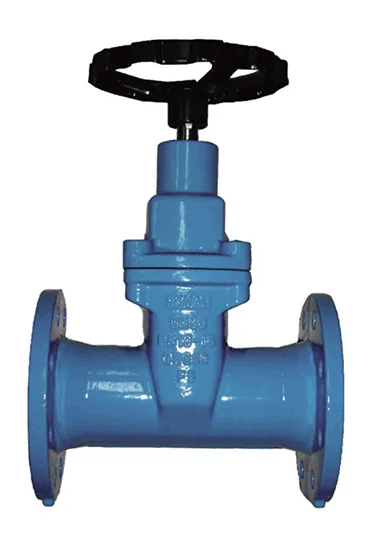9 月 . 30, 2024 14:03 Back to list
Electric Actuated Butterfly Valve for Efficient Flow Control and Automation Solutions
Electric Actuated Butterfly Valve A Comprehensive Overview
In modern industrial applications, controlling the flow of liquids and gases is of utmost importance for efficiency and safety. Among the various devices designed for this purpose, the electric actuated butterfly valve stands out for its reliability, ease of use, and versatility.
What is an Electric Actuated Butterfly Valve?
An electric actuated butterfly valve consists of a circular disc or vane that rotates about a central axis to control flow. The butterfly design allows for quick opening and closing, making it suitable for both throttling and isolating services. The electric actuator provides a mechanism to automate the valve's operation, which enhances precision and reduces the need for manual control.
Key Components and Functioning
The valve itself comprises several key components the valve body, the disc, the seat, and the electric actuator. The valve body is typically made from durable materials such as stainless steel, ductile iron, or plastic, depending on the application. The disc is mounted on a shaft that runs through the center of the valve body, allowing it to pivot and regulate flow. The seat ensures a tight seal when the valve is closed, preventing leaks.
The electric actuator is connected to the valve and powered by an electric supply. Upon receiving a signal from a control system (such as a PLC or a DCS), the actuator rotates the valve disc to the desired position—open, closed, or anywhere in between. Many actuators come with feedback systems to provide real-time status updates, thus ensuring optimal performance and control.
Advantages of Electric Actuated Butterfly Valves
1. Efficiency and Speed Electric actuated butterfly valves can open or close rapidly, minimizing the response time in critical applications. This efficiency is crucial in automated systems where precise control is required.
electric actuated butterfly valve

2. Automation and Integration These valves can easily integrate with automated control systems. The ability to control the valve remotely enhances operational safety and efficiency, particularly in hard-to-reach locations.
3. Energy Savings Electric actuators typically consume less energy compared to pneumatic or hydraulic systems, especially in systems that require less frequent adjustments.
4. Low Maintenance With fewer moving parts compared to other valve types, electric actuated butterfly valves require less maintenance, translating into lower operational costs over time.
5. Versatility This type of valve is suitable for various applications, including HVAC systems, water treatment plants, chemical processing, and food and beverage industries. They can handle a wide range of temperatures and pressures.
Challenges
Despite their numerous advantages, electric actuated butterfly valves also face a few challenges. For instance, they may not be the best choice for high-pressure steam applications compared to other valve types. Additionally, reliance on electric power means that in situations of power failure, their functionality may be compromised unless a backup power source is available.
Conclusion
Electric actuated butterfly valves are an essential component in the toolkit of modern industrial automation. Their balance of efficiency, reliability, and ease of integration makes them suitable for various applications across diverse industries. As technology advances, we can expect further enhancements in actuator design and valve performance, driving innovation in process control and fluid management. For industries looking to optimize their operations and improve flow control, investing in electric actuated butterfly valves is a strategic step toward achieving these goals.
Share
-
Understanding the Differences Between Wafer Type Butterfly Valve and Lugged Butterfly ValveNewsOct.25,2024
-
The Efficiency of Wafer Type Butterfly Valve and Lugged Butterfly ValveNewsOct.25,2024
-
The Ultimate Guide to Industrial Swing Check Valve: Performance, Installation, and MaintenanceNewsOct.25,2024
-
Superior Performance with Industrial Swing Check Valve: The Essential Valve for Any SystemNewsOct.25,2024
-
Industrial Swing Check Valve: The Ideal Solution for Flow ControlNewsOct.25,2024
-
You Need to Know About Industrial Swing Check Valve: Functionality, Scope, and PerformanceNewsOct.25,2024